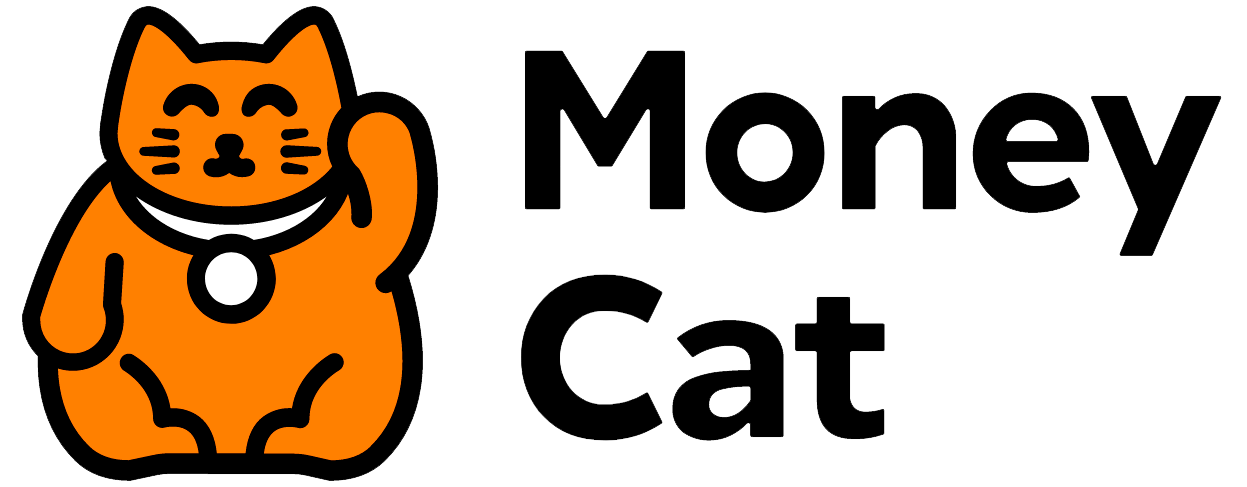Loans and microloans play a significant role in Vietnam’s financial landscape, providing individuals and small businesses with access to capital for various purposes. Here’s an overview of loans and microloans in Vietnam, including their offers, features, restrictions, advantages, and disadvantages:
- Offers and Features:
- Personal Loans: Personal loans in Vietnam are typically offered by banks, financial institutions, and online lenders. These loans can be used for various purposes, including education, healthcare, home improvements, and debt consolidation. Personal loans may have fixed or variable interest rates, repayment terms, and eligibility requirements.
- Microloans: Microloans are small loans provided to individuals, micro-entrepreneurs, and small businesses, especially those in underserved or unbanked areas. Microfinance institutions (MFIs), non-governmental organizations (NGOs), and government-backed programs often offer microloans to promote financial inclusion and support economic development.
- Restrictions:
- Regulatory Requirements: Both traditional lenders and microfinance institutions in Vietnam are subject to regulatory oversight by the State Bank of Vietnam (SBV) and other relevant authorities. Lenders must adhere to regulatory guidelines regarding interest rates, loan terms, consumer protection, and risk management.
- Creditworthiness: Borrowers seeking loans, especially personal loans from banks or online lenders, must meet certain eligibility criteria, including creditworthiness, income stability, employment status, and documentation requirements. Microloan borrowers may have less stringent eligibility requirements but still need to demonstrate their ability to repay the loan.
- Advantages:
- Access to Capital: Loans and microloans provide individuals and small businesses with access to much-needed capital for various purposes, including emergencies, investments, and business expansion.
- Financial Inclusion: Microloans, in particular, promote financial inclusion by extending credit to underserved populations, including low-income individuals, women, and rural communities, who may have limited access to traditional banking services.
- Flexible Terms: Some lenders offer flexible terms and repayment options for loans and microloans, allowing borrowers to tailor the loan to their specific needs and financial circumstances.
- Disadvantages:
- High Interest Rates: Loans and microloans in Vietnam may carry relatively high interest rates, especially for borrowers with limited credit history or higher risk profiles. Borrowers should carefully consider the cost of borrowing and explore alternatives before taking out a loan.
- Risk of Overindebtedness: Taking on debt through loans or microloans carries the risk of overindebtedness, especially if borrowers are unable to repay the loan on time or in full. Borrowers should assess their ability to repay the loan and avoid borrowing more than they can afford.
- Limited Financial Education: Some borrowers, particularly those in underserved communities, may lack financial literacy and education about loans, interest rates, and responsible borrowing practices. This can lead to misunderstandings or mismanagement of debt.
Loans and microloans in Vietnam offer valuable financial resources for individuals and small businesses but come with certain restrictions, advantages, and disadvantages. Borrowers should carefully evaluate their needs, compare loan options, and understand the terms and conditions before borrowing to make informed financial decisions. Additionally, efforts to promote financial literacy and consumer protection can help mitigate the risks associated with borrowing and improve access to responsible financial services for all segments of the population.

